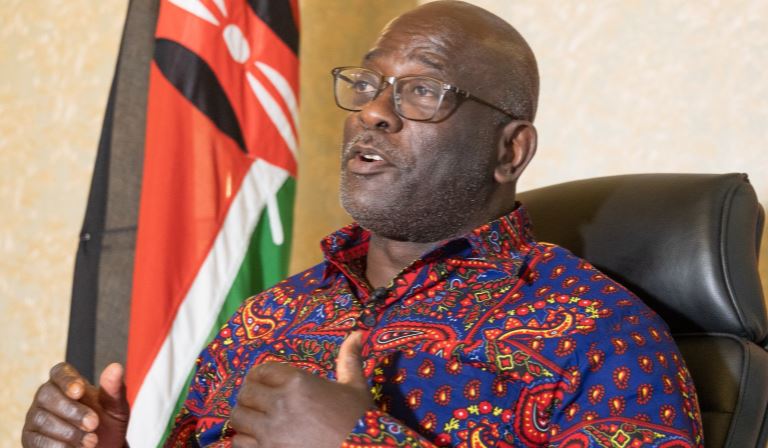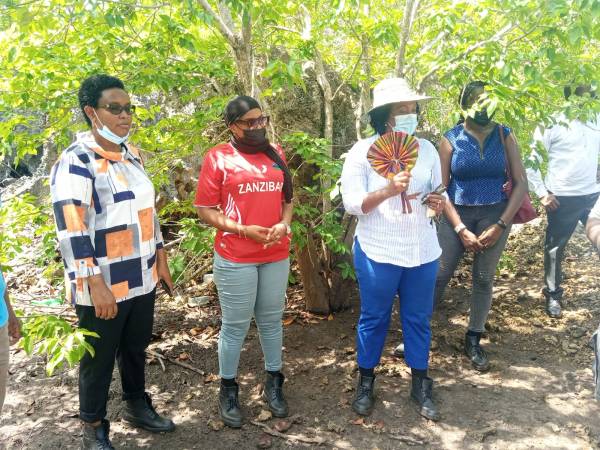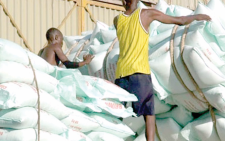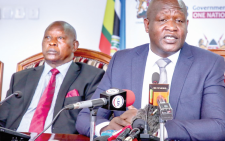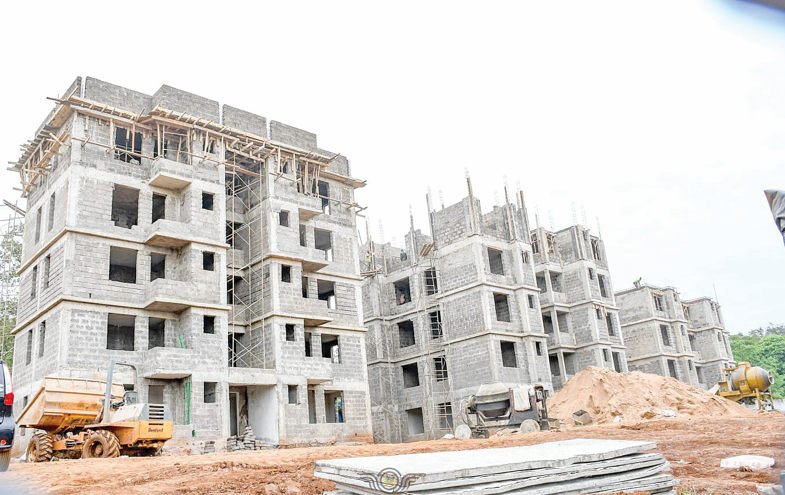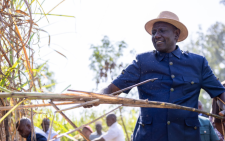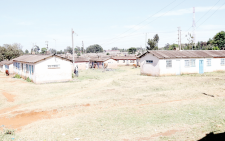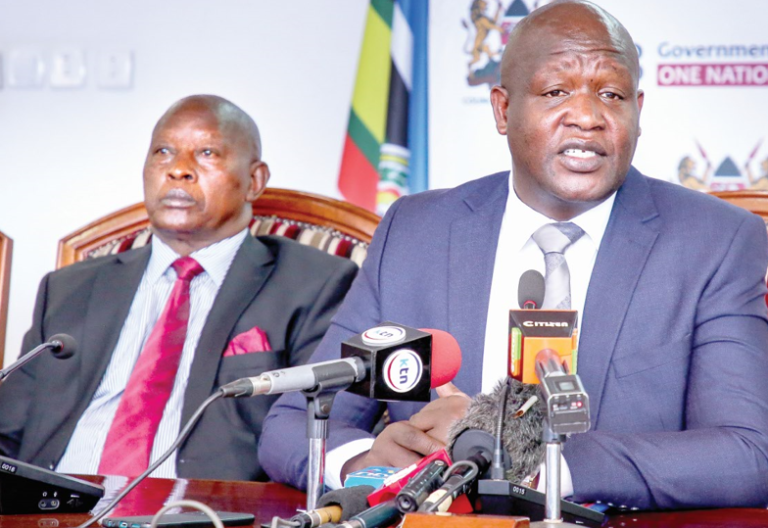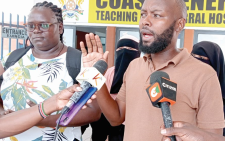How teams’ rivalry slowed down Likoni recovery operation
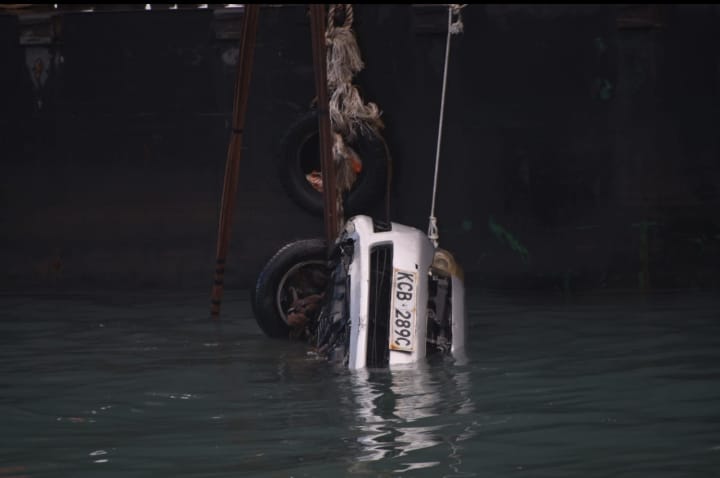
After 13 days stuck in the seabed of the Indian Ocean, the car in which Mariam Kighenda and her daughter Amanda drowned in was finally pulled out by the multi-agency team last Friday.
To the amazement of many, the bodies were intact contrary to concerns that they would be badly damaged after two weeks in the sea.
Experts attributed the state of bodies to freezing temperatures that range from 0-3 degrees centigrade at below 40 metres.
A navy officer said the bodies were found at the back seat of the Toyota ISIS.
“It appears that as the vehicle began to nosedive, they struggled to get to the back as the water had started flooding the front of the vehicle,” said the Navy officer.
But even after the recovery of the bodies, questions abound regarding the delay in the search of the car.
Negligence and turf wars between recovery teams have been blamed for the failure to rescue the victims and the delay in the recovery of the bodies.
Heartbreaking
For example, there is no evidence that there was any attempts to rescue the occupants immediately the vehicle slipped off MV Harambee shortly after 6pm on September 29. Those who witnessed the accident said no single diver took to the water in an attempt to rescue victims.
“It was as if nothing had happened. The ferries continued to operate, with only one boat patrolling the waters with no divers in it. Yet there were two lives ebbing away in the sea. It was a very heartbreaking situation,” said Saumu Abdallah, who was in the ferry at the Likoni channel.
The rescue mission was expected to go full throttle the following day with all hopes anchored on Kenya Navy from the nearby Mtongwe headquarters.
But this was not to be. For the better part of that morning, Navy vessels were seen crisscrossing the channel as jet fighters and choppers flew above in rehearsals for this weekend’s Mashujaa Day celebrations at the Coastal city.
Frustrated by the sluggish response, that evening the family engaged Kenya Rescue Divers, a local private diving unit, run by Musa Sila and his wife.
Family spokesman Luka Mbati said the private company initially asked for Sh300,000 but later accepted Sh250,000.
“We paid a down payment of Sh100,000 because all we wanted was to see the bodies retrieved. We were suffering and running out of patience,” Mbati said.
Mounting pressure
Kenya Rescue Divers also needed a 100-metre long rope for the divers to use underwater and the family had to part with Sh5,000 for a 200-metre rope which was the shortest length available.
For most of Monday, Kenya Ferry Services (KFS) officials, other agencies and family members held meetings to strategise on the recovery mission.
Following extensive coverage of the incident by the media, pressure began to pile on Kenya Navy and KFS to move with speed.
On Wednesday, all the search units including Kenya Navy, Kenya Ports Authority (KPA), Kenya Marine and Fisheries Research Institute (Kemfri) and private divers took to the waters to search for the vehicle.
On the fourth day, the private divers complained of being frustrated by the government agencies, with Musa saying he was not allowed to access some blocks.
At midday, his boat was towed by the KPA to the Mbaraki wharf where he was involved in a confrontation with KPA’s officials before he was handed over to the Likoni sub-county Police Commander Benjamin Rotich who ordered him to leave the operation.
Although KFS chairman Dan Mwazo intervened and allowed Musa and his team to come back, the following day it became clear that the team had been barred from the mission.
Amid concerns over the delay, tension continued to mount. In an attempt to manage the situation, government officials including Transport Principal Secretary Esther Koimett, Colonel Lawrence Gituma of Kenya Navy and government Spokesman Cyrus Oguna issued regular statements on the operation.
They attributed the slow pace of the search to the strong undersea currents, poor underwater visibility and dangerous sea creatures.
“We have been bashed left right and centre that we are taking too long. But what most people don’t understand is that situation in the sea is vastly different from what we who are on land imagine. There is incredible depth, strong currents and poor visibility. It is a very delicate operation and if we are not careful, we may lose lives. This is why we are sending robots with cameras to capture the images and send them back for us to analyse,” said Oguna.
Gituma said private divers were removed from the operation because of safety and security reasons.
“This is a very dangerous mission yet they have no proper diving gear,” he said
But Musa and other divers alleged Kenya Navy was keen to protect its image by ensuring private rescue teams did not take credit for the success of the operation.
“Even in Nakuru chopper crash, we were the team that located the chopper wreckage after 28 days, yet credit went to the navy,” Musa said in reference to the 5Y-NMJ helicopter which crashed into lake Nakuru on October 21, 2017.
Then came the Swedish diver Volker Bassen who had promised to finish the job in two hours.
Clear waters
But after unsuccessfully spending the whole day in the sea, Bassen blamed zero visibility and strong currents and he, too, pulled out of the mission.
Amid dimishing hopes, KPA head of operations Capt William Ruto had told People Daily there was a possibility of locating the vehicle the following week as the water was expected to be clearer.
True to his prediction, the waters were clear on Tuesday. On Wednesday October 9, the KPA team, with assistance of Chinese workers attached to Kipevu Oil Terminal project, located the vehicle at 58 metres deep using a robotic camera. That was the eleventh day since the accident.
According to Oguna, images picked by the underwater camera confirmed the number plate of the vehicle.
It, however, took another two days for the vehicle to be retrieved amid claims that the Navy attempted to sideline other teams in the final stages of the mission in order to take all the credit.
But oguna dismissed the claims as unfounded, saying Kenya Navy has experienced divers who had been involved in successful missions elsewhere.
“Kenya Navy was involved in the recovery mission in Zanzibar and Mwanza ferry accidents in Tanzania in 2011 and 2012. In 2000, the divers retrieved bodies from ill-fated KQ flight 43 in Abdijan Ivory Coast where they braved strong currents and retrieved bodies 50 meters deep,” he said.

